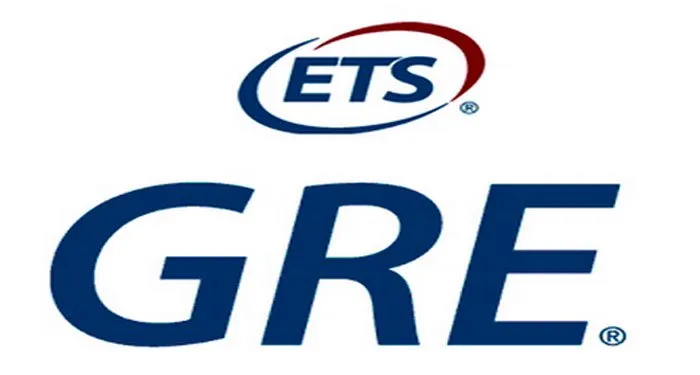GRE

The Graduate Record Examination (GRE) is a standardized test that is an admission requirement for many graduate schools in the United States, in other English-speaking countries and for English-taught graduate and business programs world-wide. Created and administered by Educational Testing Service (or ETS) in 1949, the exam aims to measure verbal reasoning, quantitative reasoning, analytical
writing and critical thinking skills that have been acquired over a long period of time and that are
not related to any specific field of study.
The GRE General Test is offered as a computer-based,
computer adaptive exam administered by selected qualified testing centers; however, paper-based exams
are offered in areas of the world where computer-based testing is not available.In the graduate
school admissions process, the level of emphasis that is placed upon GRE scores varies widely between
schools and between departments within schools. The importance of a GRE score can range from being a
mere admission formality to an important selection factor. The cost of the general test varies
between US$160 and $210, depending on the country of taking the test, although ETS will reduce the
fee under certain circumstances. They are promoting financial aid to those GRE applicants who prove
economic hardship. ETS erases all test records that are older than 5 years, although graduate program
policies on the admittance of scores older than 5 years will vary.
The exam consists of four sections. The first section is a writing section, while the other three are multiple-choice style. One of the multiple choice style exams will test verbal skills, another will test quantitative skills and a third exam will be an experimental section that is not included in the reported score. The entire test procedure takes about 4 hours.
Verbal sectionThe verbal section consists of analogies, completions, and reading comprehension passages. Multiple-choice response sections are graded on a scale of 200-800, in 10-point increments. This section primarily tests vocabulary, and average scores in this section are substantially lower than those in the quantitative section. In a typical examination, this section may consist of 30 questions, and 30 minutes may be allotted for it.
Quantitative sectionThe quantitative section, the other multiple-choice section, consists of problem solving and quantitative comparison questions that test high-school level mathematics. Multiple-choice response sections are graded on a scale of 200-800, in 10-point increments. In a typical examination, this section may consist of 28 questions, and test takers may be given 45 minutes to complete the section. This section typically includes 14 quantitative comparison questions, 10 discrete quantitative questions (multiple-choice) and 4 data interpretation questions.
Analytical writing sectionThe analytical writing section consists of two different essays, an "issue task" and an "argument task". The writing section is graded on a scale of 0-6, in half-point increments. The essays are written on a computer using a word processing program specifically designed by ETS. The program allows only basic computer functions and does not contain a spell-checker or other advanced features. Each essay is scored by at least two readers on a six-point holistic scale. If the two scores are within one point, the average of the scores is taken. If the two scores differ by more than a point, a third reader examines the response.
Issue taskThe test taker will be able to choose between two topics upon which to write an essay. The time allowed for this essay is 45 minutes. Issue topics are selected from a pool of questions.
Argument taskThe test taker will be given an "argument" and will be asked to write an essay that critiques the argument. Test takers are asked to consider the argument's logic and to make suggestions about how to improve the logic of the argument. The time allotted for this essay is 30 minutes. Arguments are selected from a pool of topics.
Experimental sectionThe experimental section, which can be either a verbal, quantitative, or analytical writing task, contains new questions that ETS is considering for future use. Although the experimental section does not count toward the test-taker’s score, it is unidentified and appears identical to the real (scored) part of the test. As test takers have no clear way of knowing which section is experimental, they are forced to complete this section. This section does not appear on all GRE examinations. Furthermore, an identified and un-scored section of such experimental questions, asked for research purposes, can appear at the end of the test.